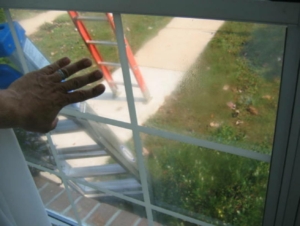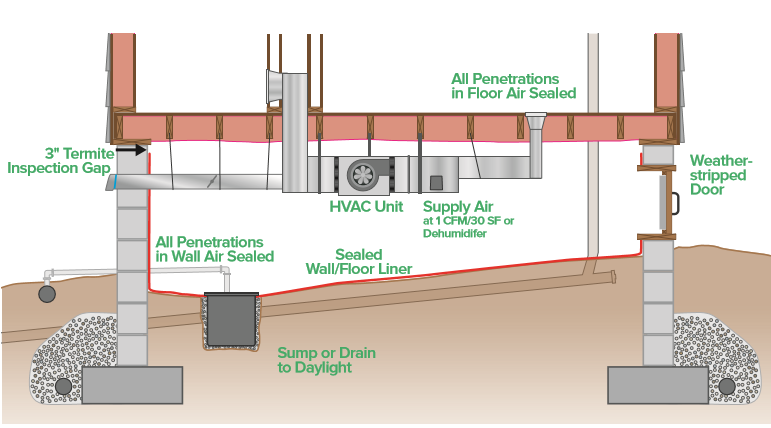Are gas stoves safer than electric ones? This is an important question that must be answered to make an informed decision when looking to purchase a new home.
When looking into the safety of a gas stove versus an electric one, the main thing to consider is that both products have safety concerns. If improperly maintained, gas stoves can be dangerous, as they require ventilation and lead to carbon monoxide poisoning. On the other hand, electric stoves can be more hazardous in the home as they have a higher risk of electrical shock.

Are gas stoves safer than electric?
Gas stoves do have some advantages over electric ones. They are often cheaper to run due to their low cost of natural gas, and they are also capable of generating high temperatures, making them ideal for cooking various dishes. Furthermore, gas stoves do not require electricity as an additional power source like electric stoves, which is a big plus for many people.
However, electric stoves come with their benefits. They are more energy efficient than gas stoves, as they do not require significant electricity to heat up. Electric stoves are also safer than gas stoves because there is no risk of gas leaks or carbon monoxide poisoning. In addition, electric stoves are much easier to clean and maintain as they are not prone to dirt and grime buildup like gas stoves can be.
Ultimately, the decision as to whether a gas stove or an electric one is safer will depend on the individual and their situation. Both stoves have advantages and disadvantages, and it is essential to weigh all of the factors before making a final decision. As a home buyer, it is necessary to do your research and consider all aspects before deciding which type of stove best fits your home.







